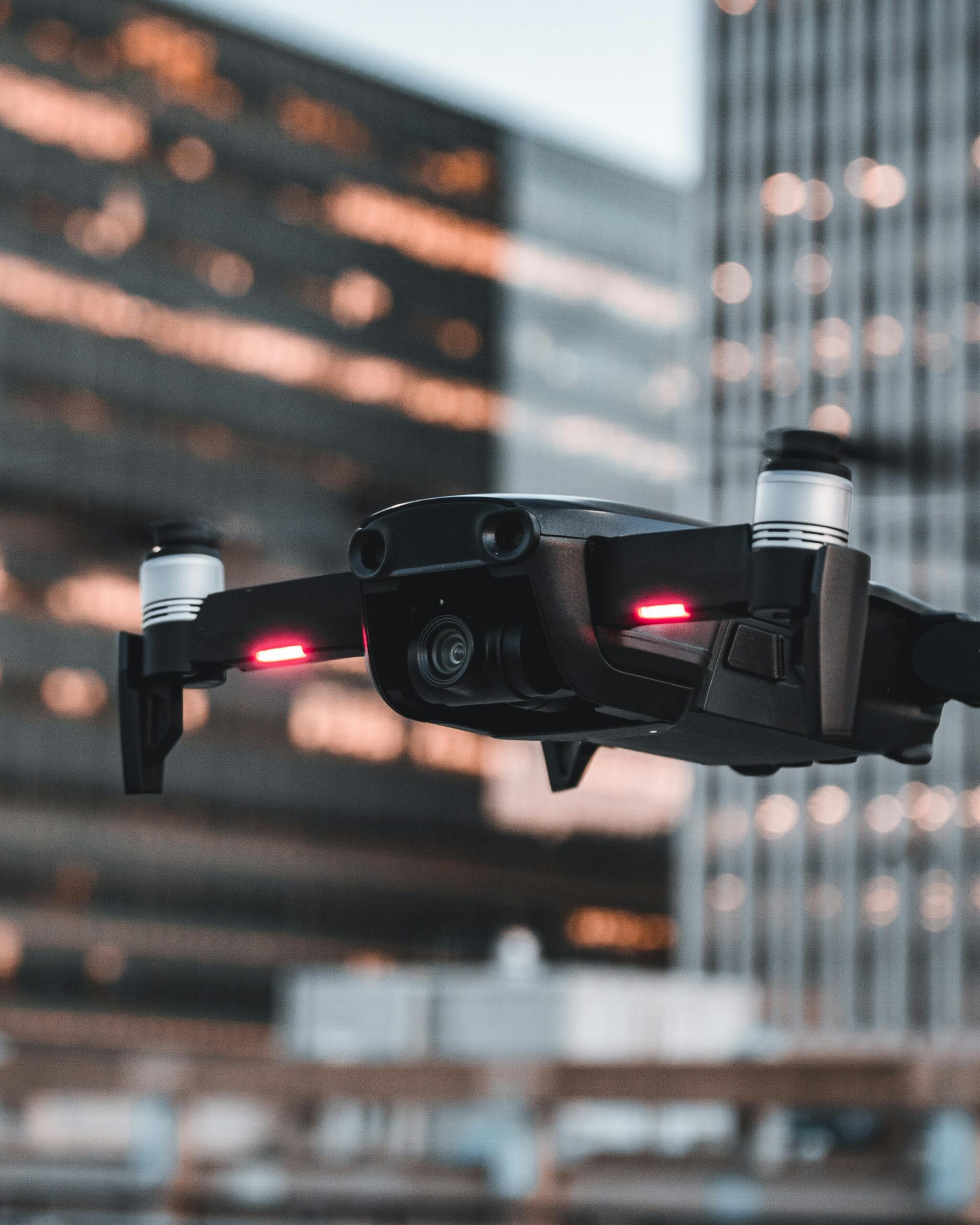🔼 Fundamental Concepts for Drone Flying
💡 Drone Flying Examples and Metaphors
📚 Related Themes in Drone Flying
🧪 Drone Flying Tests and Simulations
🧑✈️ How Real-World Drone Pilots Train for Professional Uses
📚 Drone Applications in Space Exploration and Military Uses
🚚 Drones in Logistics and Delivery
🛸 Overview of the DJI Drone Line: Mini, Avata, Mavic 3, and More
1. Drone Flying and Aviation Concepts 🛩️
Drone flying shares many concepts with traditional aviation. In fact, drones are often considered mini-aircraft because they operate using similar principles. Here’s a breakdown of the connections:
✈️ Aerodynamics
Both drones and airplanes rely on the principles of aerodynamics:
- Lift: This force keeps the drone in the air. Propellers generate lift by spinning rapidly and pushing air downward.
- Drag: Drones experience resistance as they move through the air, known as drag.
- Thrust: The forward motion or force that propels the drone, created by the rotation of its propellers.
These concepts are studied deeply in aviation schools, and pilots use them to calculate fuel efficiency, speed, and height limits. Understanding aerodynamics helps drone pilots optimize their flight paths, particularly in windy conditions.
